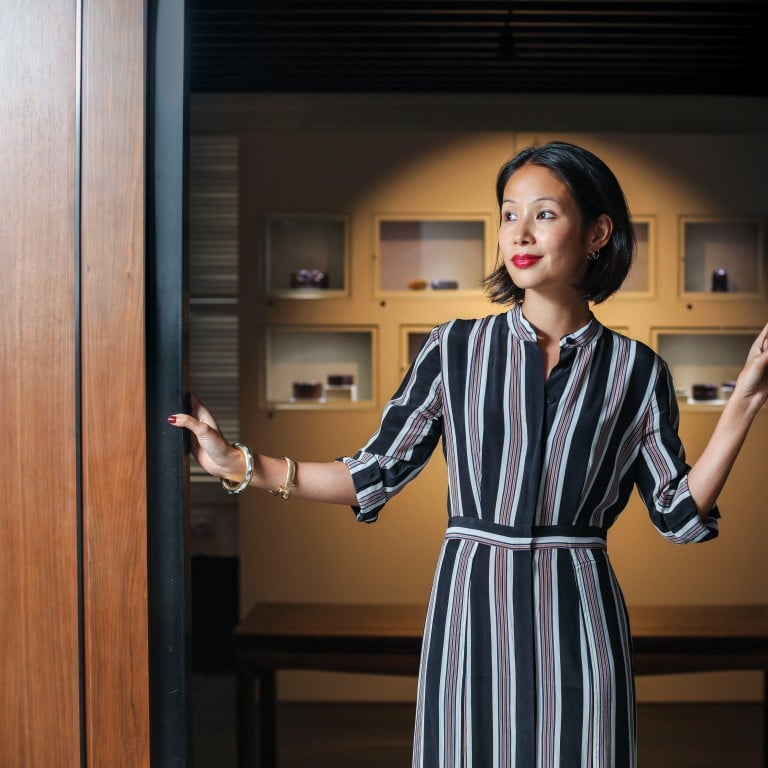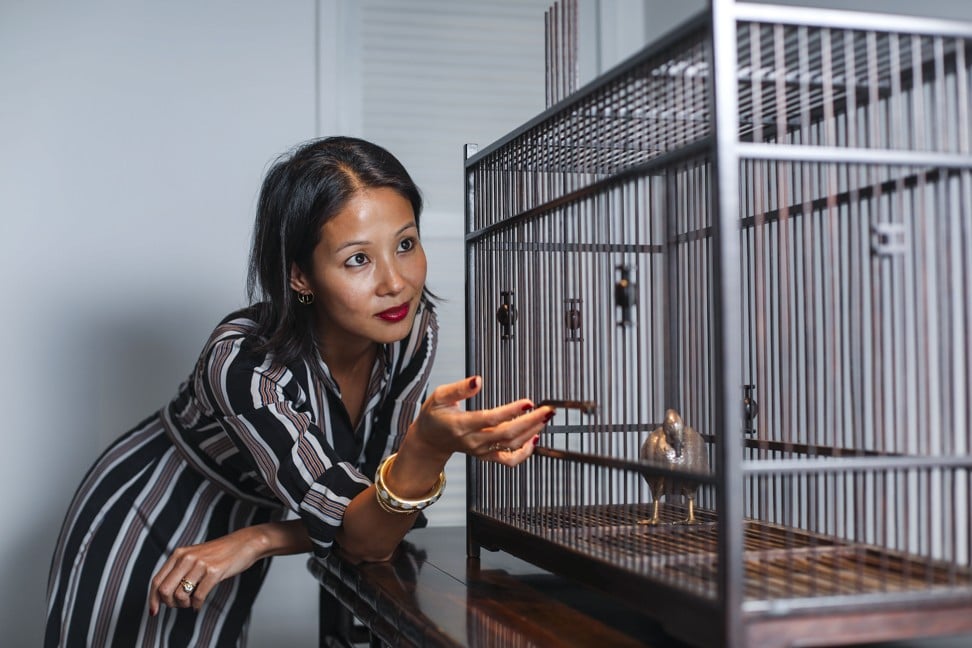Why Lynn Fung is in love with Cartier’s antique timepieces

Nestled among the dusty antique shops and hip bistros and restaurants on Hollywood Road is Liang Yi Museum, a 20,000-foot gallery that houses a treasure trove of Chinese furniture, European vanity cases, antique silver and Japanese works of art.
Founded in 2014, Liang Yi remains the only private museum in Hong Kong. That is thanks to Peter Fung, an ardent Chinese antique collector, and his tenacious daughter Lynn Fung, a former magazine editor who has steered Liang Yi to become the city’s go-to spot for exhibitions of antiques.
Was it hard to get the younger crowd through the door at the beginning? After all, the decorative arts seem to have a hard time shaking off their conservative image.

“It was also an assumption I had when we first opened,” says Fung. “But we have been pleasantly surprised by how untrue that is. For our most recent exhibition, we found that 26 per cent of our visitors were from the ages of 21 to 30, while another 26 per cent were between the ages of 31 and 40. That makes up more than half the total number of visitors.”
As time went on, the museum shifted its focus. While the initial idea was to showcase the family’s own collection, Liang Yi has expanded its programme to include loans from other museums.
“We found that it made narrative sense to stretch our boundaries, and include other collections if it made sense for our curators,” Fung says.
A case in point was “The Blue Road”, an exhibition on Persian decorative objects that brought together works from more than a dozen international institutions. “It was one of the very first exhibitions on Persian decorative objects in Asia, and still one of our most popular exhibitions to date,” Fung adds.

Fung says she is an innately punctual person, but working in a museum offers a more elastic concept of time.
“So many of our pieces – especially from the classical Chinese antique furniture collection – date from the Ming and Qing dynasties. It brings the past much closer to the present. Having these pieces around me all the time in a way allows me to close the gap between the people who made them 300 to 400 years ago and the people who enjoy them now, especially as we exhibit these pieces in a very modern setting.”
Working with antiques also affects how she views history and time. When examining the museum’s recently acquired Japanese collections, Fung says they bring to mind the Edo period rather than 17th century Japan. The same thought applies to the museum’s Chinese collection. “I think ‘late Qing dynasty’ rather than the specific century or year. In a way, the names of these eras convey much more than the numerical dating.”
When it comes to antique timepieces, Fung has taken a fancy to those made by Cartier in the early 20th century. Some can be found in the “The Beauty of Ladies’ Ornaments from Asia and Europe” exhibition at the museum.
Lynn Fung’s preferred watches

“Although made in France, the bright red enamel of the outer case is definitely inspired by the Orient, as is the orange tassel, which you would normally find at the end of a Chinese ruyi or a Japanese netsuke. It elegantly straddles the boundary between a functional and decorative object.”

“What I love about this particular timepiece is its integration within a vanity case, a sort of miniature purse, for women. It combines beauty and function seamlessly and remains so chic nearly a century after it was made.”
Want more stories like this? Sign up here. Follow STYLE on Facebook, Instagram, YouTube and Twitter .

Private Hong Kong museum Liang Yi, of which Fung is director, houses a treasure trove of Chinese furniture, European vanity cases, antique silver and Japanese works of art